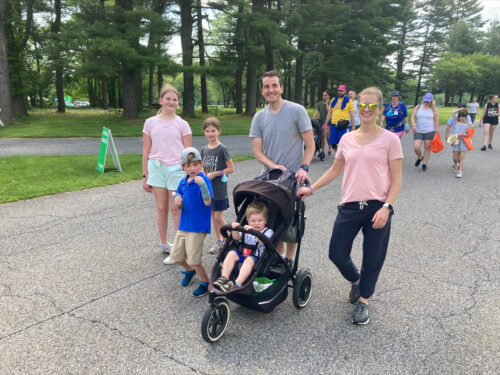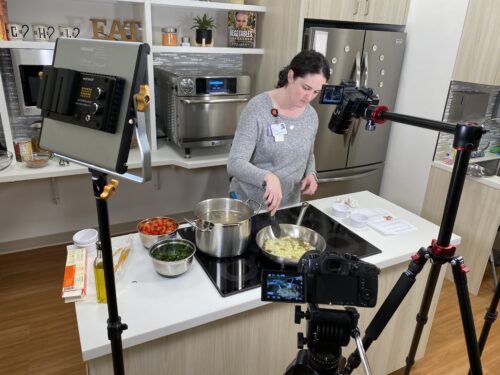
MOUNT KISCO, NY – The Northern Westchester Hospital (NWH) Foundation announced today that Barbara Alpert, MD, PhD, FACP; Pamela Hervey; Amanda L. Messina, MD, FACS; and Carl D. Reimers, MD, FACC, FSCAI, have been appointed as board members. The mission of these volunteer leaders is to serve as hospital ambassadors for the community and to provide advice on fundraising strategies for the hospital, which is part of the nonprofit health system Northwell Health.
“We are thrilled to have Drs. Alpert, Messina and Reimers and Ms. Hervey join our already amazing group of foundation board volunteers,” said Keeva Young-Wright, associate executive director of NWH and president of the NWH Foundation. “These four mission-driven leaders have longstanding relationships with the hospital and, as Foundation board members, will provide great insight to fundraising initiatives that advance patient programs, lifesaving equipment and technology, and capital improvements.”
All new members will serve three-year terms. Dr. Alpert, an internist specializing in adult internal medicine at Optum Care, formerly CareMount Medical, has served since 2013 on the NWH President’s Council, an advisory board designed to help the hospital address community needs, and said she is excited about her new role.
“I am very enthusiastic about this opportunity to serve the community through participation on the NWH Foundation Board,” said Dr. Alpert. “Our hospital is singularly focused and uniquely positioned to address the medical and emotional needs of all residents of our community, and I am honored to contribute to this endeavor.”
Ms. Hervey is a longtime philanthropist, devoting her time and resources to many local organizations including the Westchester Land Trust, John Jay Homestead, the Community Center of Northern Westchester, Caramoor Center for Music and the Arts, and Friends of Karen, where she served as board president.
“My passion for improving the lives of others, especially within the community I live, has been paramount to me throughout my life,” said Ms. Hervey, who remains on the board of Friends of Karen, a nonprofit that provides support to families across the tri-state area with a child facing life-threatening illness. “I have no doubt that my skills in finance, strategic management, and governance will help Northern Westchester Hospital achieve its goal to improve the wellbeing of the community.”
Dr. Messina, the chief of general surgery and a bariatric surgeon at NWH, brings an extensive background in leadership to the board. She serves on several oversight committees, providing strategy and development insight to maintain top-quality care and patient safety at the hospital.
“My training to continuously improve my skills as a surgeon perfectly prepares me to support the mission of the Northern Westchester Hospital Foundation board to improve the quality of care patients receive at this amazing hospital,” said Dr. Messina, who is also part of Optum Care. “I am privileged and eager to add impact to this board’s mission.”
Dr. Reimers, director of the cardiac catheterization lab, brings 27 years of experience as a board-certified cardiologist and interventional cardiologist. The catheterization lab is part of the Seema Boesky Heart Center at NWH, an extension of the renowned cardiac catheterization program at Lenox Hill Hospital in Manhattan, which consistently earned national distinction under his leadership.
“In my career I have never found a place as unique and special as Northern Westchester Hospital,” said Dr. Reimers. “The team spirit, quality of patient care as well as patient experience are exceptional here. It is an honor to become a Foundation board member and to have a role in the ongoing success of this hospital.”
For more information on Norther Westchester Hospital and the Foundation, visit https://give.northwell.edu/northern-westchester-hospital.
News courtesy of Northern Westchester Hospital.





